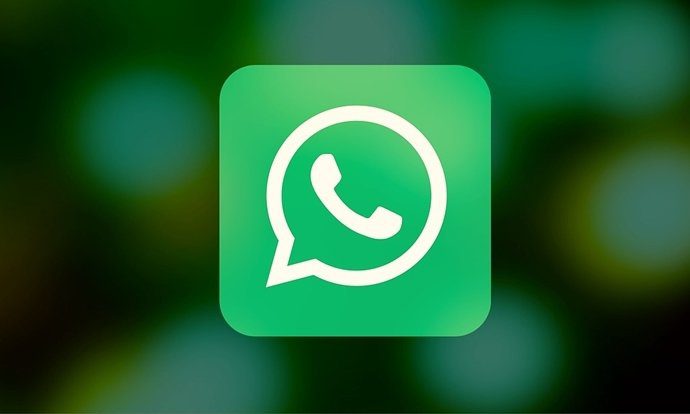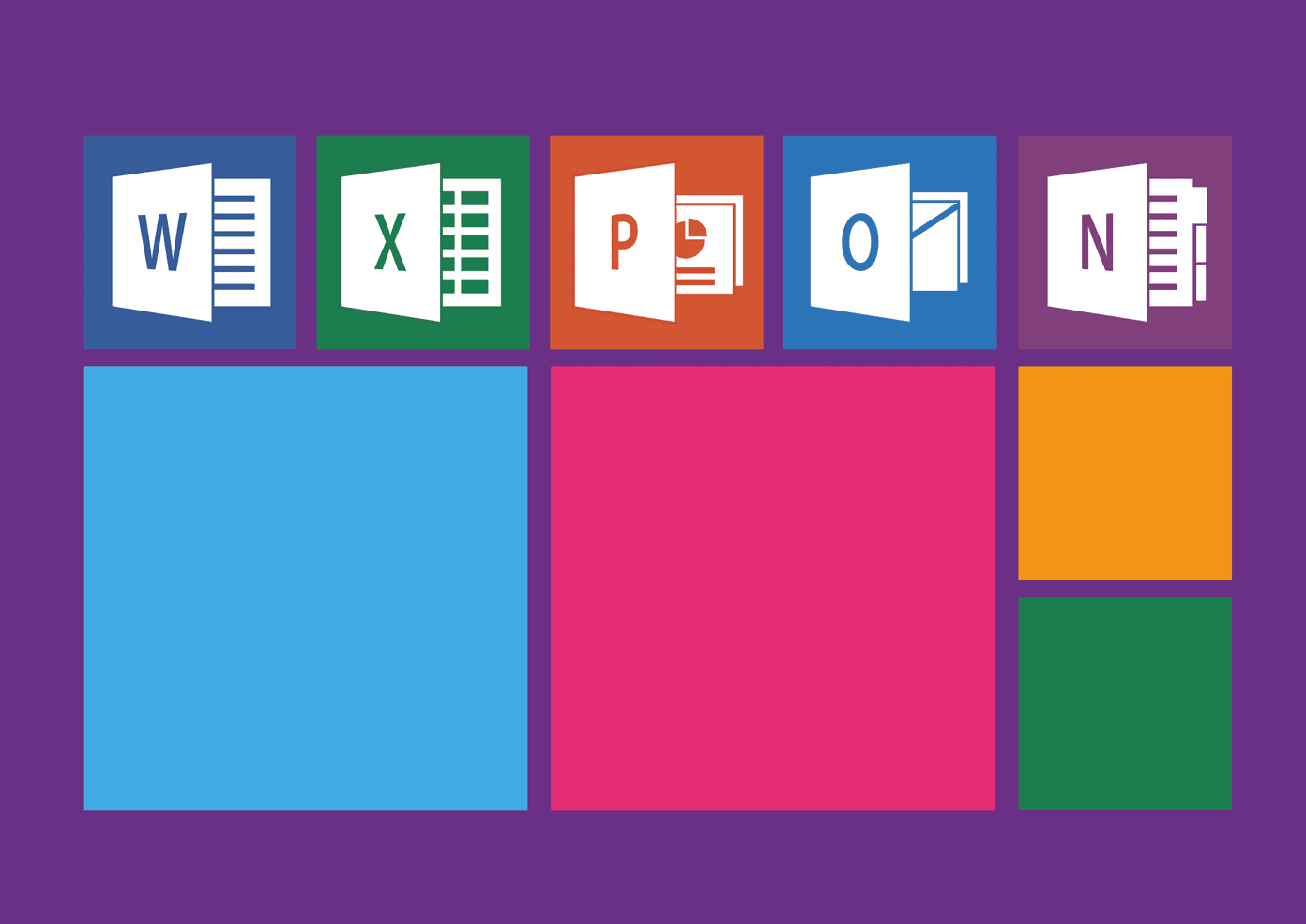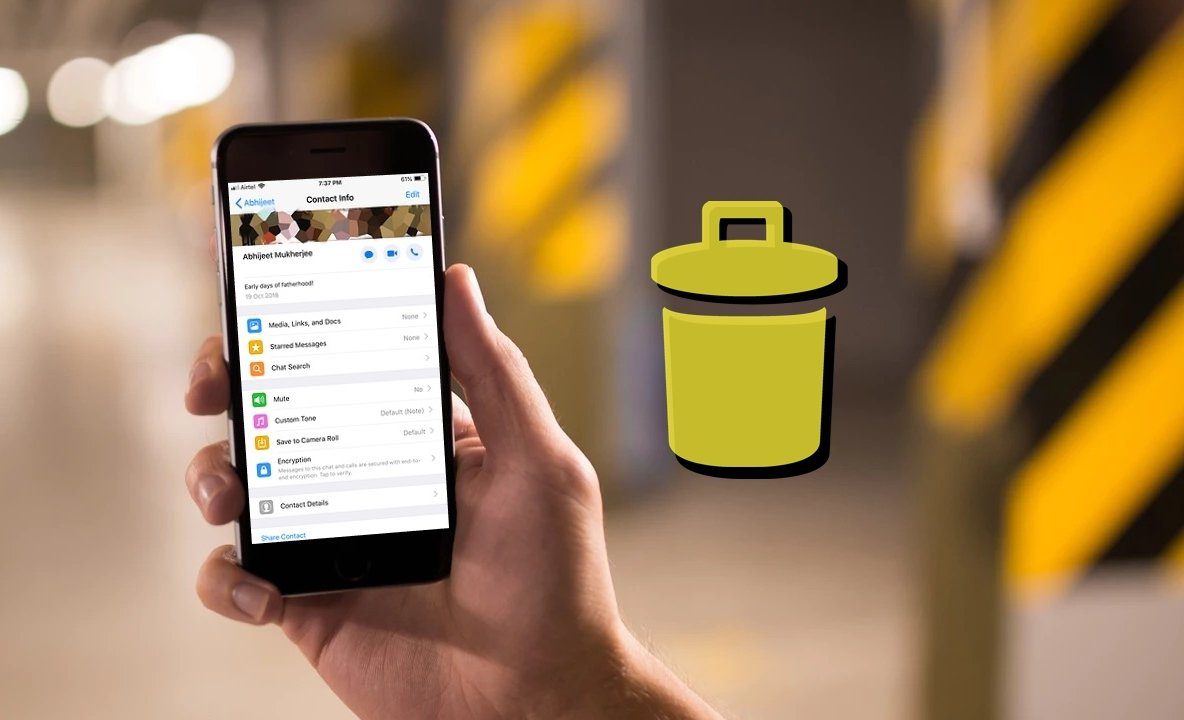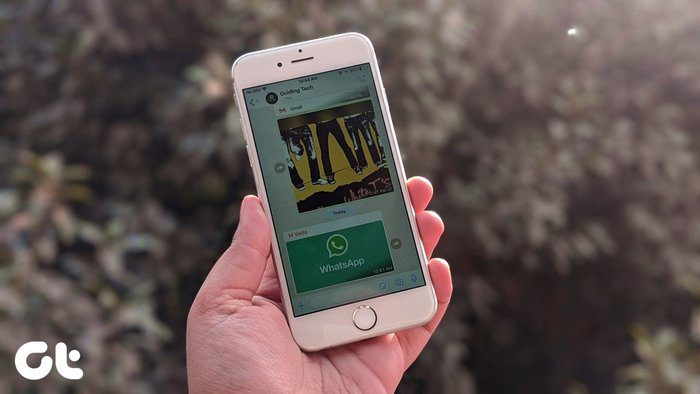Image courtesy: cambodia4kidsorg Think of Creative Commons as an alternative to copyright licenses. Whereas copyright laws adopt an all or nothing approach – either your work is in the public domain or it is not – Creative Commons gives the user a set of copyright licenses and tools that create a balance inside the traditional “all rights reserved” setting that copyright law creates. Creative Commons (CC) is actually a non-profit organization set up in Mountain View, California, United States. It is the nodal body that has released several copyright-licenses known as Creative Commons licenses free of charge to the public so that they can distribute their creative work with some degree of copyright control (or give it up altogether). Creative Commons licenses have given authors a choice on how they want to share their work with the public. The spirit behind Creative Commons is to build a richer and more open online community for information interchange. Has it succeeded? It sure has if you look towards a site like Flickr and realize that it alone hosts 200 million Creative Commons licensed photos.
The Creative Commons licenses
Creative Commons license allows licensors (creators) get the credit for their work they deserve. The set of licenses enable them to keep the copyright while allowing others to copy, distribute, and make some uses of their work —commercially or non-commercially. The single page explanation helps to understand the types of licenses you can use to copyright your work in the digital domain. There are six regularly used licenses. Here’s a small brief: Attribution This license allows others to copy, distribute, display, and perform your copyrighted work – or any work based upon it – but only if they give you credit. Attribution-ShareAlike This license allows others to remix, tweak, and build upon your work even for commercial purposes and distribute it, but only under a license identical to the license that governs the original work. Attribution-NonCommercial This license allows others to copy, distribute, display, and perform your work – and any work based upon it – but for noncommercial purposes only. Attribution-NonCommercial-ShareAlike This license lets others remix, tweak, and build upon your work non-commercially, as long as they credit you and license their new creations under a license identical to the license that governs the original work. Attribution-NoDerivs This license allows for redistribution, commercial and non-commercial, as long as it is passed along unchanged and in whole, with credit to you. Attribution-NonCommercial-NoDerivs This license allows others to download your works and share them with others as long as they credit you, but they can’t change them in any way or use them commercially. This is the most restrictive of all the licenses. If it all sounds very confusing still, the Creative Commons website is the best place to understand the not-so-difficult to grasp complexities of these licenses. Also, don’t forget to click on the Projects link (screen above) to see how Creative Commons is helping to promote freer exchange of ideas across the web. The above article may contain affiliate links which help support Guiding Tech. However, it does not affect our editorial integrity. The content remains unbiased and authentic.






![]()



